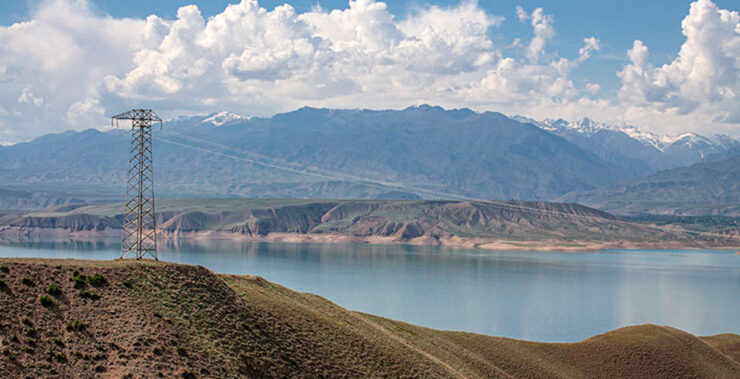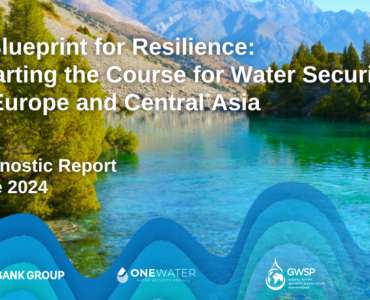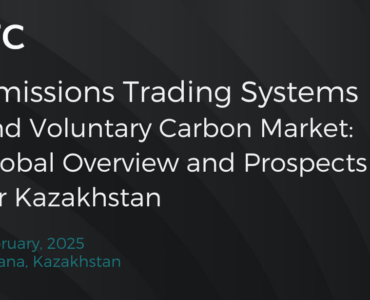In August, 2023 the IWPR Central Asia office organized an international meeting of experts to discuss Central Asia’s infrastructure and energy potential. The expert meeting was held to discuss the progress and challenges in the infrastructure and energy project development in Central Asia. The discussion was moderated by Mr Eldaniz Guseinov, a specialist of European and international studies, who hosted several prominent speakers: Prof Theresa Sabonis-Helf from Georgetown University School of Business, Prof Farhod Aminjonov from National Defense College of Abu Dhabi, Przemyslaw Ozerski from the Central Asian Strategic Center for Analysis, Dialogue and Development, and Dr Roman Vakulchuk from the Norwegian Institute of International Affairs.
Energy trade in the Soviet and post-Soviet era
In the past, the electricity exchange in the region was designed in a way that local resources of all countries in the region complemented each other. Kyrgyzstan and Tajikistan supplied hydropower electricity during months with high water resources, whereas Kazakhstan, Uzbekistan, and Turkmenistan supplied local fossil fuels in winter months for heating. Later, the power system deteriorated and it was shut down in 2008, and has been reinstated only in 2018.
As the Soviet Union collapsed, the Central Asian countries started an energy transition that was aimed to establish a reasonable electricity price. However, as one expert argues, this transition is not yet complete, although profits from electricity sales have almost reached the level of expenses associated with electricity generation. Importantly, though, while the region has more installed capacity than in 1994, electricity consumption per capita is still lower than that of developed countries, and is expected to increase by 30% by 2030.
Experts have noted several issues with the Central Asian energy system. For example, new infrastructure projects in the energy sector mostly succeed only in cases where local actors’ participation is limited, with projects mainly undertaken by locals often failing. The reasons are the investment climate and availability of the technology and expertise, which are often supplied by foreign partners. As one expert noted, while Central Asia has a well-developed hard infrastructure, such as roads, so-called soft infrastructure (investments in human capital) needs to be advanced and expanded. Central Asia must search for their unique value propositions to attract international investors to the region.
It is crucial for each of the Central Asian countries to develop their own individual roadmaps towards energy infrastructure modernization and sustainable transition. At the moment, existing work offers the same recommendations across the entire region, despite each country having unique challenges and conditions. Furthermore, the local governments and partners should be open to different projects and not only be interested in easy low-cost loans. The use of alternative energy sources has already been consistently growing in the region by about 1% in the energy mix every year. However, more expensive and complicated projects should also be considered as they may pay off in the long run. Finally, gaining the trust of the public is important for success, as people may be more willing to endure short-term challenges for the sake of energy security in the long-term. This is especially important for cities where a certain fuel (like coal) is the primary industry and the majority of the population servicing the industry. These communities face special challenges when switching to alternative sources.
Central Asia’s role in the global supply chains
Experts have also examined how recent crises, like the COVID-19 pandemic and the Russian invasion of Ukraine, impact logistics and transport corridors in Central Asia. The region has aimed to discover alternate routes to lessen reliance on Russia and redirected attention southward. Contemplation of the Caspian Sea route linking to the Caucasus and Turkey, as well as exploring new avenues for accessing ports in Iran and the Arab Gulf, is underway. These potential new routes are expected to bolster the region’s presence and influence in global markets, consequently fostering economic growth.






